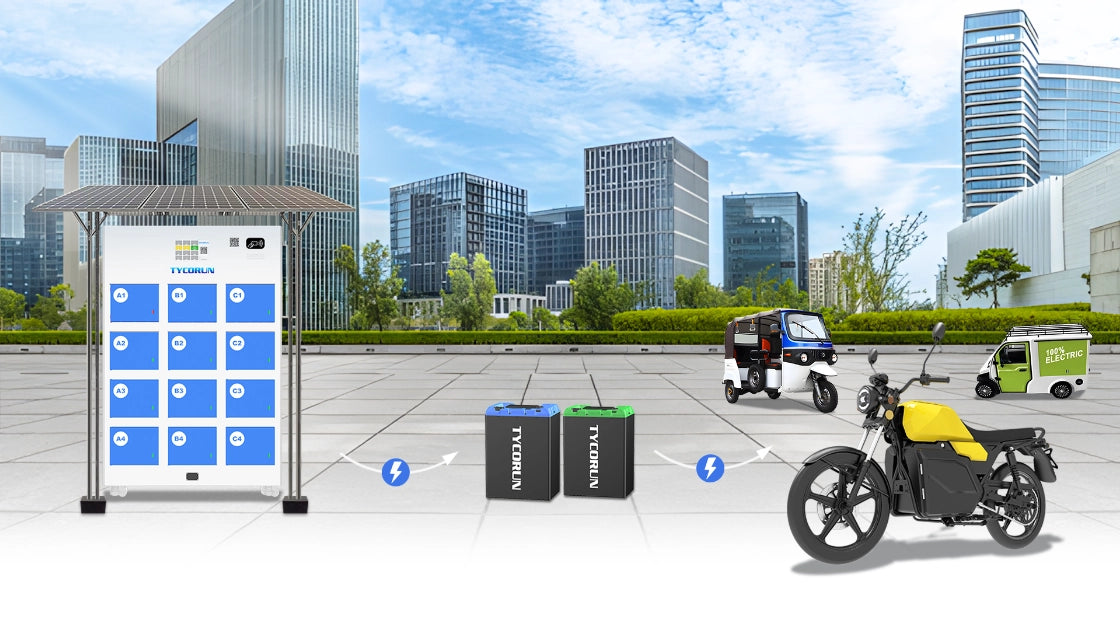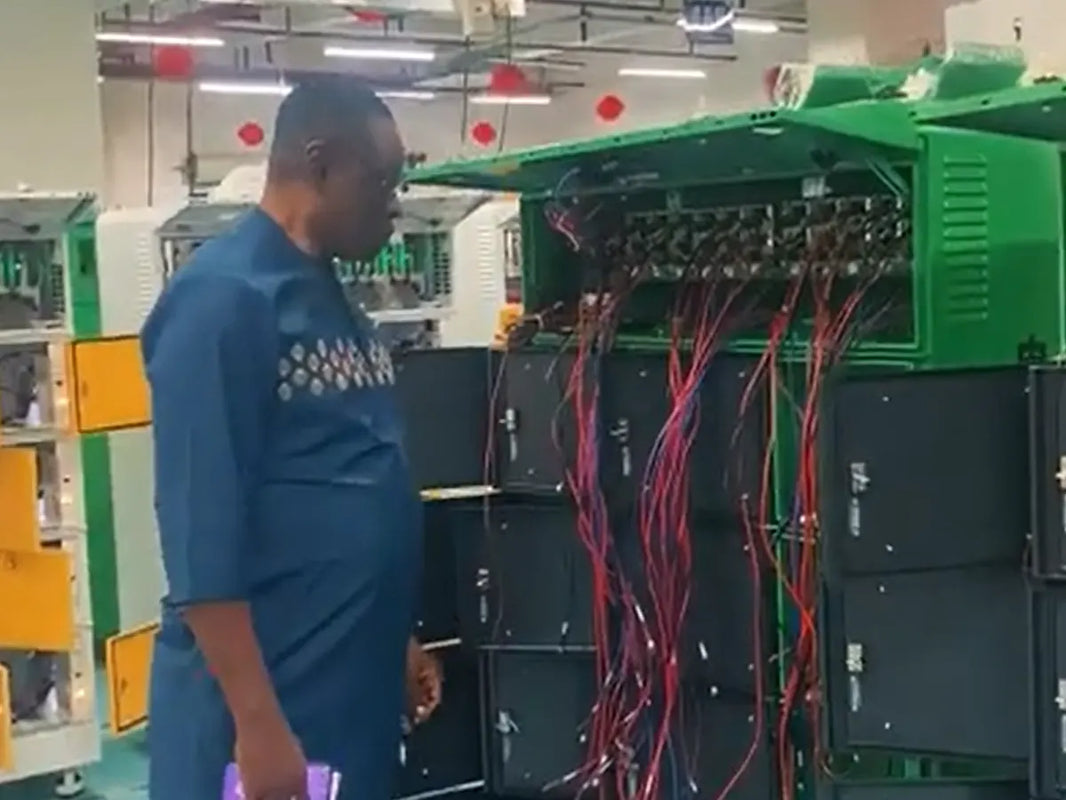
Main content:
When your car won't start in the cold, it's often more than just an inconvenience — low temperatures can seriously affect your vehicle's electrical and mechanical systems. From weakened batteries to thickened engine oil, several factors work together to make winter starts difficult. Understanding these reasons helps drivers take the right preventive measures before problems appear.
A Brief Overview of Reasons Why Your Car Won't Start in the Cold
There are some main reasons why your car won’t start in the cold, including weakened battery capacity, reduced engine oil flowability, frozen exhaust pipes, and spark plug problems.
Car Battery Issues
In winter, the weather is cold, and batteries are storage batteries, which are easily affected by temperature. This can reduce their capacity and reduce their internal activity. Starting a car requires a battery charge. If the battery is dead, starting the engine will be difficult.
Reduced Engine Oil Flowability
Some people may wonder why car won't start in the cold but battery is good. In reality, other factors — such as reduced engine oil flowability in low temperatures — can also make starting more difficult. Extremely low temperatures reduce engine oil flowability, preventing the oil from functioning properly when starting the car, leading to ignition problems.
Frozen Exhaust Pipe
A car's exhaust pipe is prone to freezing in the winter, especially when the car is parked after use and the temperature suddenly drops. This can cause ignition problems when the car is started again.
Spark Plug Problems
Spark plugs are prone to failure and require regular inspection and replacement. A faulty spark plug can directly cause ignition problems.
Why Low Temperatures Significantly Affect Battery Performance
The Impact of Low Battery Temperatures on Battery Discharge Capacity
Capacity is one of the most important parameters of a lithium battery, and its value varies with temperature. For lithium iron phosphate batteries, the charge end voltage is 3.65 ± 0.05 V, and the discharge end voltage is 2 ± 0.05 V. The two curves show the temperature-capacity curves obtained by discharging the battery at 0.1C and 0.3C at different temperatures.
It is clear that the capacity gradually increases with increasing temperature. The capacity at -20°C is only about 60% of the capacity at 15°C. In addition to capacity, the open-circuit battery voltage also decreases with increasing temperature. We all know that the energy contained in a battery is the product of capacity and terminal voltage. When both factors decrease, the energy contained in the battery must be the sum of the two decreases.
When the battery temperature is low, the activity of the positive electrode (What Is the Role of the Electrode)material decreases, reducing the number of lithium ions able to move and carry the discharge current. This is the fundamental reason for the decrease in capacity.
The Effect of Low Battery Temperature on Internal Resistance

When the internal resistance rises sharply, it becomes harder to provide enough power to start the engine — a common cause when your car won’t start in the cold.
The relationship between temperature and resistance of lithium batteries is shown in the figure below. The different curves represent different charge levels of the battery. Under any charging conditions, the internal resistance of the battery increases significantly with decreasing temperature. The lower the charge, the greater the internal resistance, and this trend remains constant with temperature.
When the battery temperature is low, the diffusion and mobility of charged ions in the positive and negative electrode materials deteriorate, making it difficult for them to penetrate the passivation film between the electrodes and the electrolyte. The transfer rate within the electrolyte is also reduced, and a significant amount of heat is generated during the transfer process.
Once the lithium ions reach the negative electrode, diffusion within the negative electrode material becomes less smooth. Throughout this process, the movement of charged ions becomes extremely difficult. Externally, this means the internal resistance of the battery cell has increased.
The Impact of Low Battery Temperature on Battery Charge and Discharge Efficiency

The curve below shows the change in charge efficiency with temperature. We can see that the charge efficiency at -20°C is only 65% of that at 15°C.
Low battery temperature causes the aforementioned changes in electrochemical properties and significantly increases internal resistance. During discharge, a large amount of energy is dissipated by the internal resistance, generating heat.
Internal Side Reactions of Lithium-ion Batteries at Low Battery Temperatures
Lithium-ion battery performance degrades significantly at low battery temperatures, and several side reactions occur during the charge and discharge process. These side reactions, primarily irreversible reactions between lithium ions and the electrolyte, lead to a decrease in lithium battery capacity and further deteriorate battery performance.
Capacity fade is caused by the consumption of conductive active materials. Given the potentials of the positive and negative electrodes in a battery, these side reactions are more likely to occur on the negative electrode side than on the positive side.
Because the potential of the negative electrode material is much lower than that of the positive electrode, side reaction deposits from ions and electrolyte solvents deposit on the electrode surface, forming a SEI film. The impedance of the SEI film is one of the factors that contribute to the overpotential of negative electrode reactions.
As the battery ages further during cycling, the continuous insertion and deinsertion of lithium ions from the negative electrode, coupled with the electrode expansion and contraction caused by continuous cycling, can lead to SEI film rupture. The cracks in the SEI film provide direct contact channels between the electrolyte and the electrode, allowing new SEI film to form to fill the cracks and increase the SEI film thickness.
These reaction processes repeat continuously as the battery is charged and discharged, resulting in a continuous reduction in lithium ions during the reactions, leading to a decrease in the discharge capacity of the lithium-ion battery.
During charging, deposits form on the surface of the active material, increasing the resistance. The effective surface area of the active particles decreases, and the ionic resistance increases. The available capacity and energy of the lithium battery also decrease. Lithium batteries are more susceptible to side reactions during charging.
When a lithium battery begins charging, lithium ions migrate through the electrolyte toward the negative electrode. This reduces the potential difference between the electrode and the electrolyte, making it easier for the lithium ions to undergo irreversible side reactions with substances in the electrolyte. Different lithium-ion battery electrode materials have different curves showing the relationship between the electrode potential and the lithium insertion concentration fraction.
Tips to Prevent Battery Power Loss
Under normal use, a battery lifespan is typically two to three years. If used improperly, it may need to be replaced after three to four months. Maintaining healthy and proper driving habits can effectively extend the battery's lifespan!
Avoid Continuous Engine Starts
Each start should last no longer than five seconds. Ideally, leave a 10-15 second interval between two consecutive starts to prevent prolonged, high-current discharge from the battery.
Reduce the Load on the Alternator
When driving in winter, use electrical devices appropriately to avoid situations where the vehicle's power consumption exceeds the generator's capacity, draining the battery.
Turn Off Electrical Devices Before Shutting Down the Engine
Develop the habit of turning off all electrical devices in your car before turning off the engine after a drive. This will effectively reduce the unused load on the battery.
Minimize Power Use After the Engine Stops
When the engine is not running, avoid using any electrical devices in the car, especially the speakers, headlights, and air conditioning, for extended periods.
Take Precautions When the Car Is Unused for a Long Time
If your vehicle will not be used for an extended period (more than two weeks), it is recommended to remove the negative battery cable or start the vehicle for at least 20 minutes every two weeks. In winter, it is recommended to shorten this interval and increase the running time.
Battery Maintenance Reminders

To reduce the chance that your car won’t start in the cold, regular battery maintenance and correct usage habits are essential.
Use your vehicle's electrical appliances appropriately and avoid using high-power devices, such as leaving the lights on or the stereo on for extended periods with the engine off.
After parking, check that all electrical devices are turned off, especially the lights. Many car owners forget to turn off the lights, causing the battery to drain. This can make it difficult to start the next day, and even if the battery is fully charged, it will be significantly worse than before.
Regularly check the battery's positive and negative terminals for loose connections. If so, tighten them immediately. Also, regularly check the small holes in the battery cover for obstructions and ensure ventilation. If blocked, clean them immediately.
If you notice white powdery crystals on the positive and negative battery terminals, have them cleaned immediately by a reputable repair service.
Conclusion
Dealing with a situation where your car won't start in the cold doesn’t have to be stressful. Regular car battery maintenance, proper starting habits, and attention to vehicle fluids can reduce winter troubles. By preparing your car before temperatures drop, you not only protect the battery and engine but also ensure smooth and reliable starts even in freezing weather.
Related articles: battery discharge warning, car battery voltages, replace car battery















